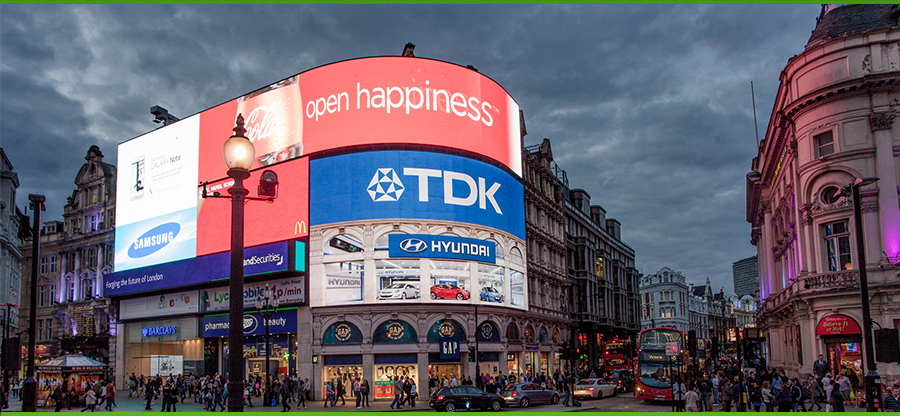Light emitting diodes are becoming common in a whole range of household products including televisions and lighting. They’re also being used extensively in the automobile industry for brake and tail-lights on cars as well as vehicle interiors. But despite their increasingly widespread use, there is no recycling process currently in place to deal with broken or damaged LED items.
The problem is made worse by the sheer number of components present in modern illuminants. Materials such as ceramic, aluminium and copper, not to mention the cables and resistors, make it extremely difficult to isolate the more valuable items found within the LEDs without causing them damage. Not only does this present a problem for the environment, it also means that LED products have to be manufactured again which is, unfortunately a rather expensive process.
However, a research team at Germany’s Fraunhofer Institute think they’ve come up with the answer. By using a process known as electro hydraulic comminution, researchers were able to break the LED lamps down without destroying the LEDs themselves. The process involves generating shock waves using electrical impulses in water, which then separate individual components at predetermined break points. The LEDs and the valuable materials they contain can then be recycled separately.
The team’s findings suggest that the process can also be used for retrofit lamps as well as the LEDs from car headlights, television sets and other household electrical products. Until now, recyclers have been unable to process LED products and have instead stockpiled the materials. But with the increasing use of LEDs, there is a growing urgency to find a way of isolating and then recycling these items en-masse. Research is still ongoing to determine if the comminution process can be repeated until LED materials have been separated properly.
In the meantime, the recycling of LED products has to be done on an individual basis and can only stretch to the direct re-use of certain items such as light bulbs. These can last up to 30 years and are therefore able to outlast conventional lighting considerably. So quite why they’re being disposed of in the first place is another issue altogether. Nevertheless, provided they’re undamaged, they can very easily be re-used.
As it stands in London, there is a sparsity of LED recycling services. However, if you’re dead-set on recycling LED light bulbs which have a longer lifespan than most household pets, you won’t be able to include them in your recycled waste. Instead, you are going to have to seek out private, specialist firms who are able to deal with these items properly.
There are a few companies based in the London area who offer these services, some of which are very reputable indeed. But the best option of course, is to keep hold of them and take advantage of the obvious eco-benefits they provide. And with regards to electro hydraulic comminution, it seems that we’ll have to wait a few years before this rather convoluted process is made ready for general use.
Photo Credit: Creative Commons, Attribution-ShareAlike 2.0 Generic (CC BY-SA 2.0)







